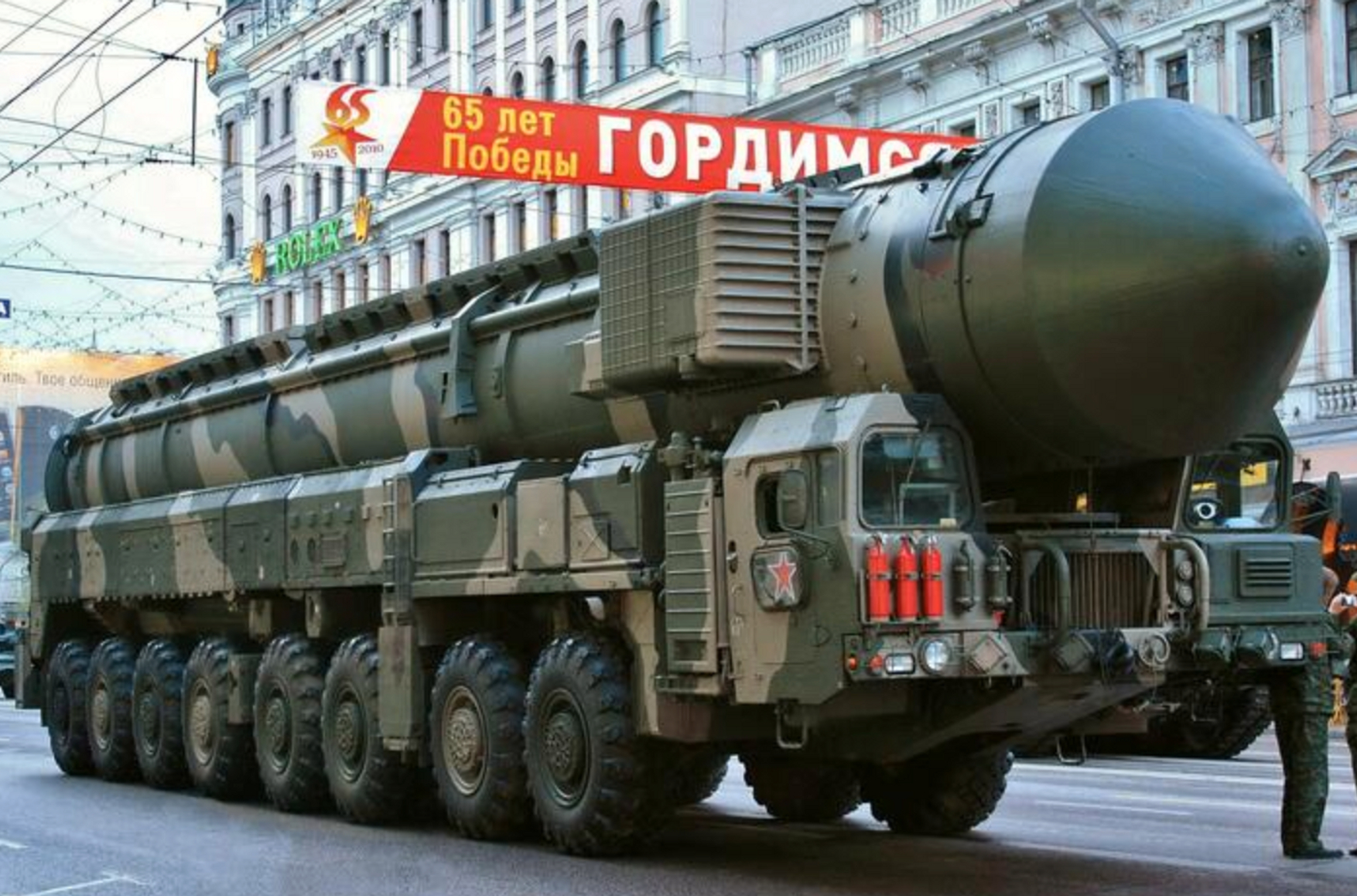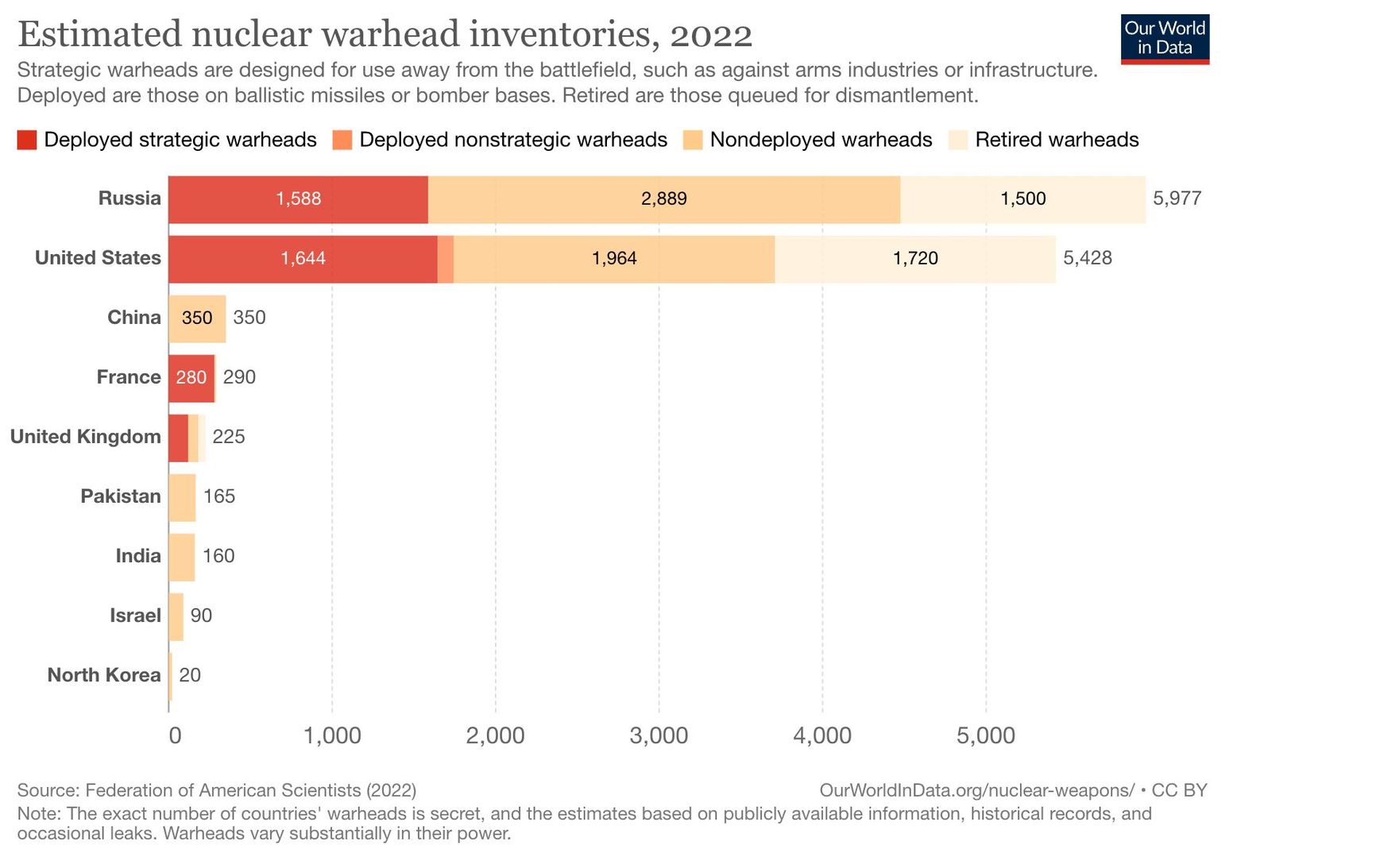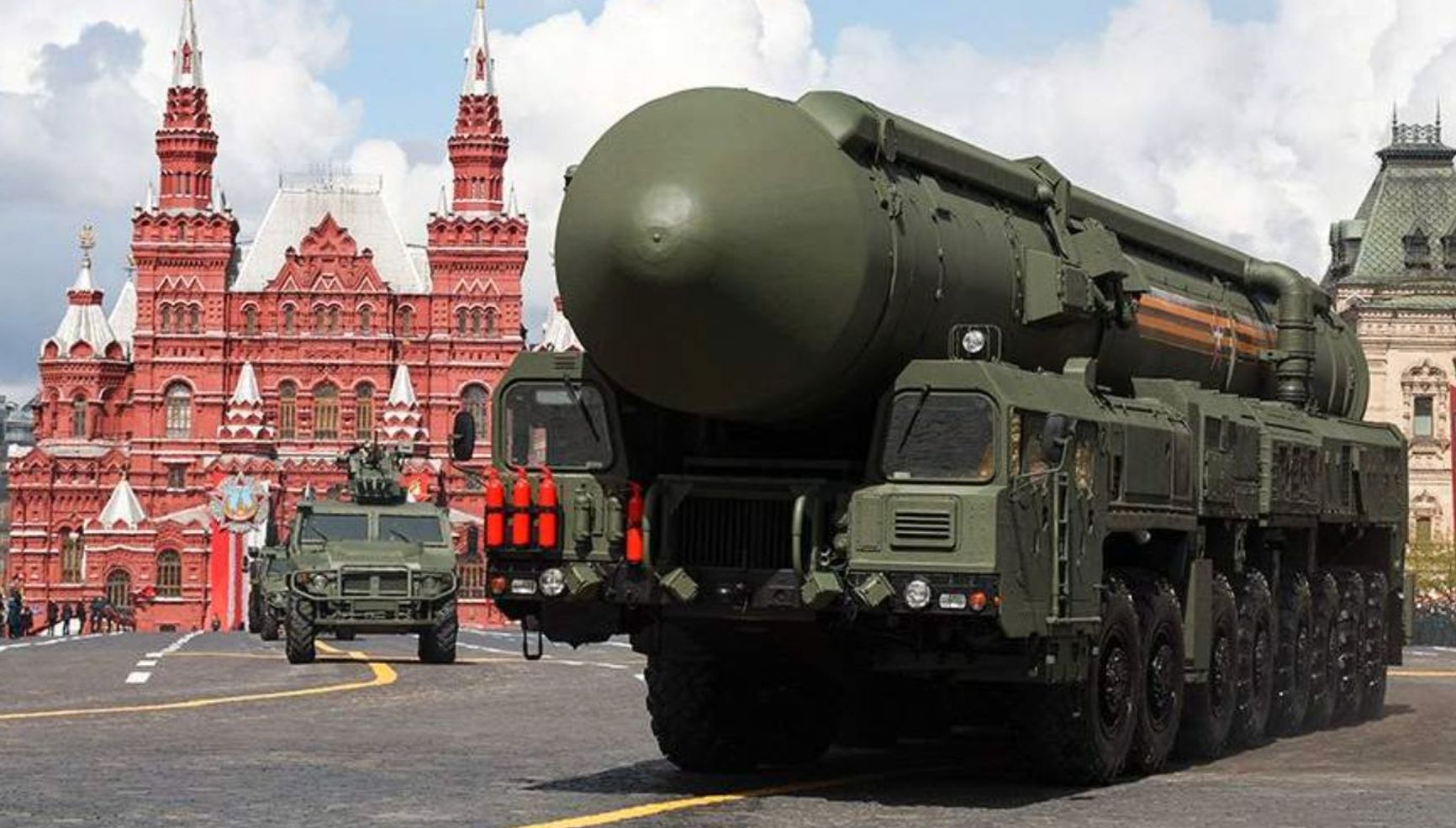News

Russian President Vladimir Putin recently announced the construction of a storage facility for tactical nuclear weapons in Belarus, prompting Ukraine’s demand for an urgent UN Security Council meeting. The EU’s chief diplomat Josep Borrell responded that the EU would impose new sanctions if nuclear weapons were deployed in Belarus. The Insider asked nuclear security experts to explain the threats posed by Putin's decision.
Mariana Budjeryn, Senior Research Associate, Project on Managing the Atom (MTA) at the Harvard Kennedy School's Belfer Center:
“The announcement of Russia’s decision to deploy nuclear weapons to Belarus is the continuation of Russia’s tactic to use nuclear saber-rattling to induce nuclear anxieties in the West. In terms of military utility, Russian nuclear deployments to Belarus don’t change anything. Russia has plenty of bases, delivery systems and nuclear weapons deployed on its own territory, some of them very close to the Ukrainian border, that could serve the same mission as anything deployed to Belarus. So the move is purely political. It serves to:
1) inject a nuclear dimension into this war and keep the West worrying about nuclear escalation with the hope that the West loses nerve and sues – or rather pressures Ukraine to sue – for peace on terms acceptable to Russia;
2) demonstrate that Russia has the right to do everything that the United States is doing, including deployment of tactical nuclear weapons to allied countries.
On the latter, the United States indeed has its own tactical nuclear weapons deployed to NATO allied countries in Europe and Turkey. As long as they remain under US control – as the weapons in Belarus would remain under Russian control – such a deployment is not prohibited by the Nuclear Nonproliferation Treaty (NPT). That said, since 2015, Russia has been condemning US nuclear deployments in Europe, stating that they are in violation of the NPT. Moreover, the recent Putin-Xi statement condemned nuclear deployments beyond national territory, clearly a reference to the US and its allies. So the whole thing is rather hypocritical: Russia has been claiming that such deployments are in violation of the NPT (they are not) and condemned them jointly with China, only to turn around and announce its own such deployments.
We need to keep in mind that Putin announced plans to deploy tactical nuclear weapons to Belarus and that allegedly will not happen before July 1, when the special storage facility in Belarus will be completed. So there are no nuclear weapons in Belarus just yet. Even after the facility is completed, it might still be some time before such deployments are carried out.”

Dr. Stephen Herzog, Senior Researcher, ETH Zurich, Center for Security Studies:
“Putin's statement about moving Russian tactical nuclear weapons to Belarus is, of course, concerning. The forward deployment of nuclear weapons to regions close to conflict zones increases risks of escalation, nuclear weapons use, and misperception. Although, there is no evidence yet that the Kremlin has moved any of its arsenal to Belarus. But I expect to see reports from open-source intelligence analysts in the near- to medium-term future tracking any potential movement of warheads from Russia to Belarus.
Putin did note that Russia would seek to duplicate NATO nuclear sharing arrangements, wherein US tactical nuclear weapons are deployed in Belgium, Germany, Italy, the Netherlands, and Turkey. He was referring to US B-61 gravity bombs that can be delivered by allied dual-capable aircraft. There is a precedent for these types of activities by NATO.
Russia's actions are also unsurprising. In February 2022, Lukashenko pushed through a revision to the Belarusian constitution to allow nuclear sharing. Likewise, Russia has been clear for months that it is helping Belarus modify its aircraft to deliver Moscow's bombs and was training Belarusian personnel for such missions. And in the past, the Kremlin had indicated that it would transfer nuclear-capable Iskander missiles to Belarus.
All that said, there is a difference between Russian actions and NATO nuclear sharing. Several decades ago, the United States stopped providing nuclear warheads for its allies' missile forces. But Putin is now reviving this sort of Cold War behavior.
It will be important to track how these arrangements develop, who is theoretically expected to deliver the nuclear weapons, and what level of control/autonomy Belarus will have over these forward deployments.
For the moment, this is just another example of Moscow ratcheting up tensions to attempt to intimidate Ukraine and NATO. The threat of nuclear use remains low, although it is certainly elevated from pre-February 2022 levels. Russia has little to gain strategically, tactically, or politically from using tactical nuclear weapons. And it appears as if Lukashenko and Belarus are being drawn further into Russian plans and Putin's war of aggression. There should be diplomatic consequences for these Belarusian actions supporting this illegal and unjust war.”

Pavel Podvig, Senior Researcher, WMD Programme at the United Nations Institute for Disarmament Research (UNIDIR):
“There is no talk yet about the deployment of [nuclear] warheads on the territory of Belarus. So far it has been announced that the Belarusian military will be trained to handle systems that can use nuclear weapons. A new element has been added – the construction of a storage facility [in Belarus]. That said, it’s not entirely clear how realistic it is to complete it by July, as a storage facility for nuclear warheads is a serious undertaking.
If the repository is built, it’s not obvious that it will be filled with nuclear warheads. In any case, one has to understand that the maintenance of the warheads will be completely under the control of the 12th Main Directorate of the Russian Armed Forces. It is impossible to imagine circumstances in which the Belarusian military would have real access to nuclear warheads. There will be exercises and drills using training mock-ups, this is normal practice, as the Russian president noted, [and] it has been common in NATO [countries] for a long time.
I don’t think this is a reaction to the events in Ukraine. Cooperation and training of the Belarusian military was announced back in June, with the transfer of systems that can use nuclear weapons also being outlined. What we see today is a continuation of that story. It seems that this is about the integration and cooperation processes between Russia and Belarus. I hope that it won’t come to the placement and relocation of nuclear warheads on Belarusian territory, because the creation of a safe storage site that can receive these charges is a serious development. As long as nuclear weapons are in storage sites, even if they are on Belarusian territory, there is no change in the level of danger. Of course, this isn’t a positive development, there’s nothing good in that step, but it’s a political signal and it has to be perceived as such.
If this storage facility is built and tactical nuclear charges are deployed there, which will be under the control of the Russian military, formally, there will be no violation of the Nuclear Non-Proliferation Treaty (NPT). This is what will be done, judging by the president's statement, and this is what is done in NATO – US warheads are always under US control. One cannot but notice that despite this, Russia has been insisting since the mid-2010s that the American practice contradicts the NPT. Now they’ve apparently decided that it doesn’t contradict the NPT. If one merely stores the weapons, that doesn’t mean handing them over – the main thing is not giving up their control. During the NPT negotiations, that was agreed upon, mainly at the insistence of the US, so now it’s difficult to change the wording.”

Łukasz Kulesa, Acting Head, Research Office, Polish Institute of International Affairs:
“The way Putin announced the decision on the nuclear storage site was surprising – done in a weekend interview, and not through an official joint statement with Lukashenko.
But the decision itself is a logical next step from the previous announcements that Belarusian aircraft were modified to carry nuclear weapons and that nuclear-capable Iskander systems are deployed to Belarus.
At the political level, this is about strengthening Russia’s control over Belarus, and signalling that Russia would not allow the Belarussian regime to fall. It is also meant to strengthen the propaganda narrative that both countries need to be ready to defend against NATO, and nuclear weapons would play a major role from the beginning of any war.
Introducing nuclear weapons to Belarus would need to be taken into account by NATO in its military planning, but it would not radically change the situation – already now Russia has many means to strike NATO territory with tactical nuclear weapons. It would be escalatory, but it also reveals a lot about the level of Russian fear of ‘losing’ Belarus, given the internal opposition against Lukashenko and against Belarus’ involvement in the war.”